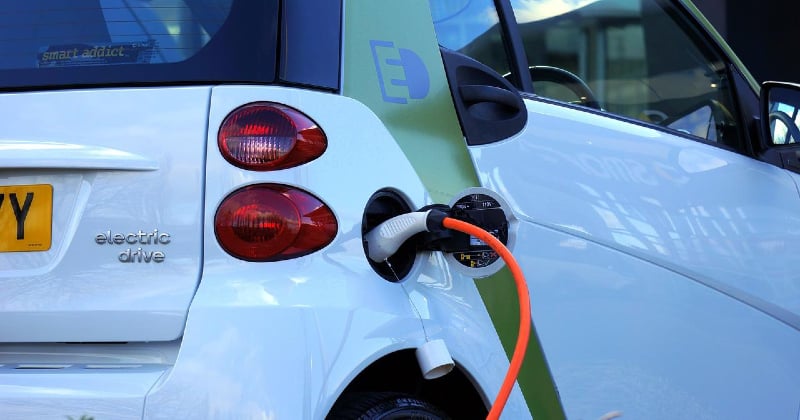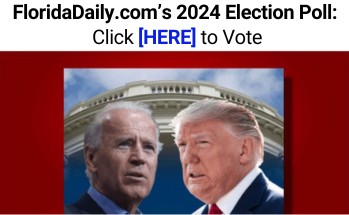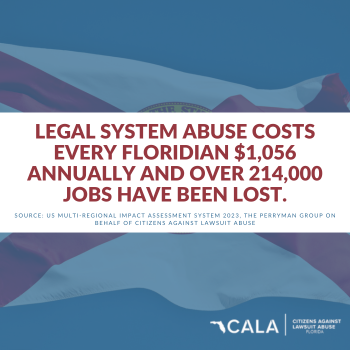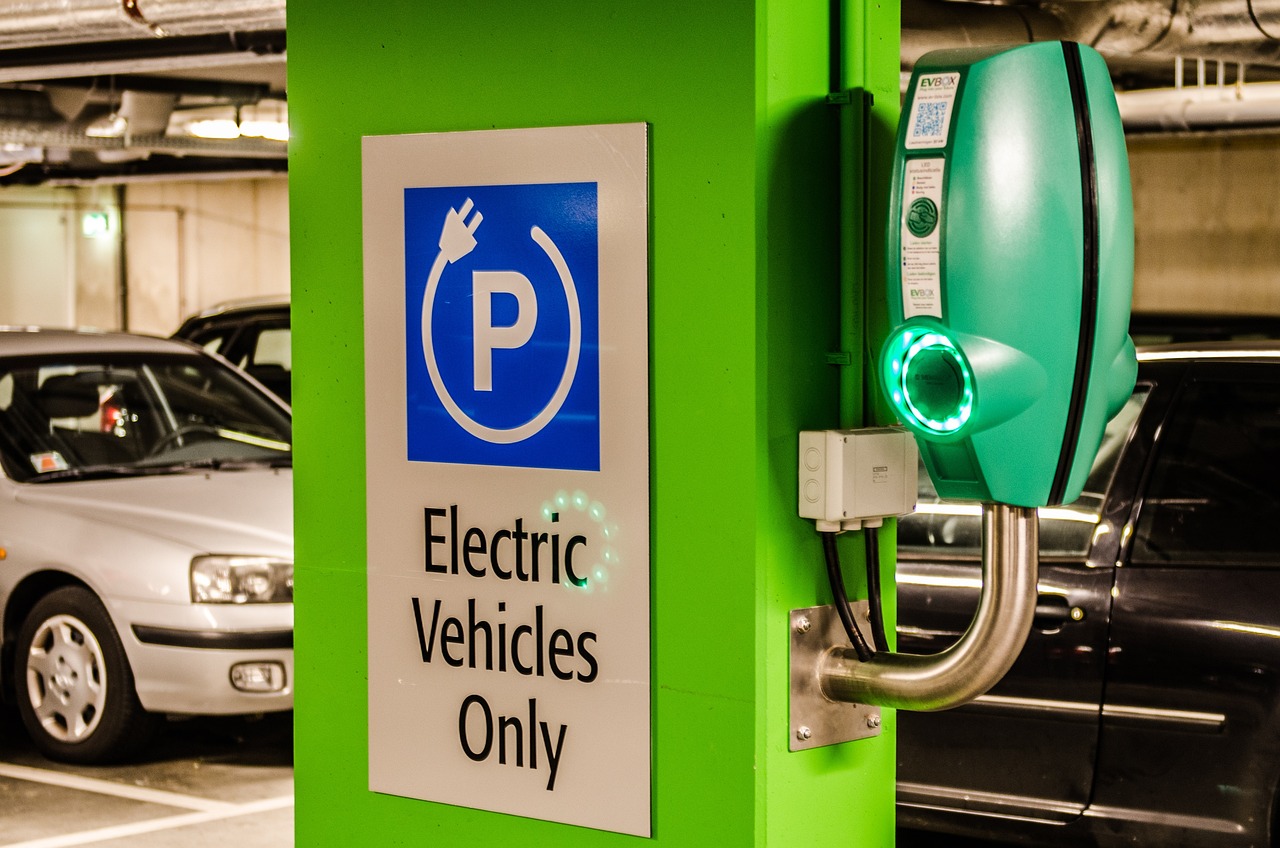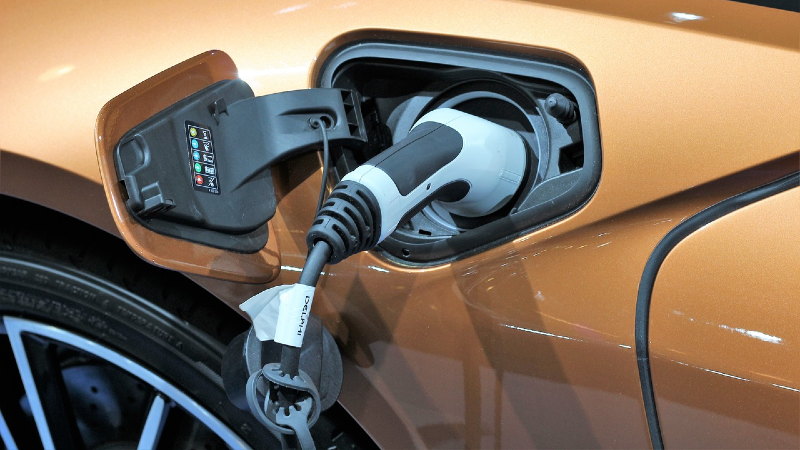I want an electric car. They’re quicker than combustion vehicles, quieter, simpler, cheaper to own over the life of the vehicle, better for the environment, and have that undeniable cool factor. Yet despite my yearning, I still haven’t made the leap (even though my 2013 Kia Rio with manual roll-up windows is ripe for an upgrade). That’s because, living in the seasonally frigid northern U.S., I know there’s a common use-case where pretty much all ‘affordable’ EVs are woefully inept: long-distance winter highway driving.
Here in the Upper Midwest, our interstates are fast and our winters are cold. Speeds north of 70 miles per hour combined with near-zero (F) temperatures wreak havoc on an electric vehicle’s range. While a typical internal combustion engine (ICE) car might suffer only a 10-15 percent reduction in highway driving range under these conditions, a typical EV currently on the market will have its range dip 30-50 percent! Elevated power output from the motor coupled with electric heating for the cabin increase energy draw from a cold – and thus reduced-capacity – lithium battery. This means that a 274-mile rated Kia EV6 might mange just 160 miles of range in bone-chilling cold, a 278-mile rated Mustang Mach-E might get 180, and a Tesla Model Y could optimistically go about 200. If you’re thinking about a winter road trip, maybe to visit relatives for Christmas or Thanksgiving, in a shorter-range EV like a Kona, Bolt, Leaf, or Niro, forget about it.
Compounding the problem of drastically reduced driving range is the generally inept charging infrastructure along highways in the Upper Midwest. DC fast chargers are few and far between and when you get to one there’s a decent chance it won’t be working. Even if you do find a charger in good operational order, fast charging in cold temperatures can take twice as long at freezing (32°F) and three times longer closer to zero compared to when temperatures are in the seventies. The reason? According to the Department of Energy’s Idaho National Laboratory, “cold temperatures impact the electrochemical reactions within the cell, and onboard battery management systems limit the charging rate to avoid damage to the battery.” For most EVs, this delay translates to about an hour and a half or even a two-hour ‘fill-up’ to 80% battery capacity. Yikes.
Apologies to the $50,000 EVs out there, but even my pitiful 2013 Kia Rio (2022 MSRP $16,450) musters at least 350 miles of range on the interstate in winter and refuels in three minutes or less.
On a range from EV evangelist to naysayer, I’m definitely more of the former, but I’m also a realist. While EVs in winter are just fine as long as they stay close to home, when venturing out for longer trips on the interstate, they are woefully inadequate to the challenge. Engineering more energy-dense lithium batteries, incorporating heat pumps, improving cold-weather charging, and installing more (preferably indoor) EV fast chargers will certainly help EVs catch up to ICE cars’ winter dominance, but they’re highly unlikely to close the performance gap, perhaps ever.
For the foreseeable future, plug-in hybrid electric vehicles that allow drivers to operate on electricity in the city and gas on the highway may offer drivers in cold-weather states a sweet spot of efficiency and convenience.
Ross Pomeroy is the editor of RealClearScience where this piece originally appeared.

